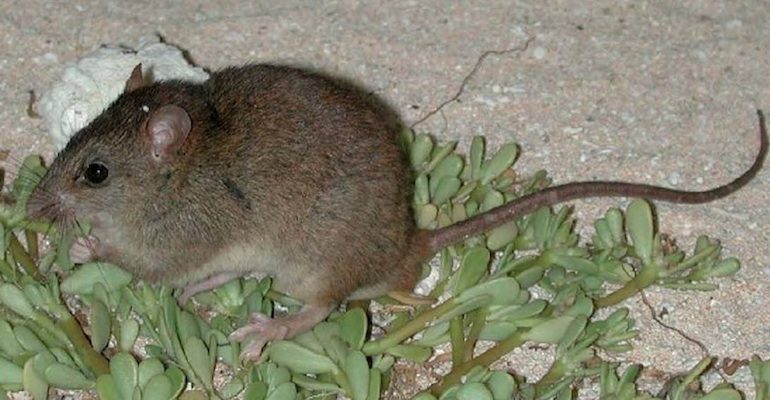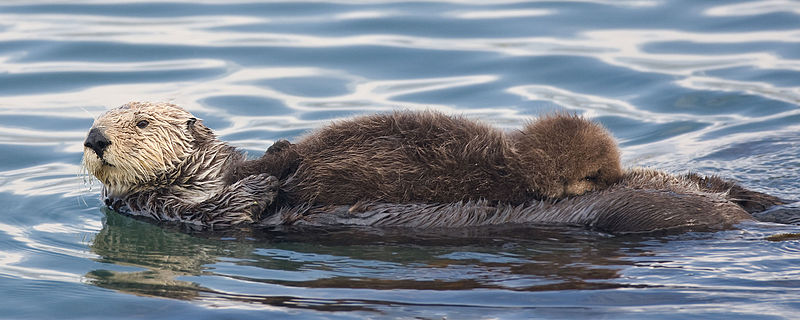Which animals are most affected by Climate Change?
Great question! It’s an extremely difficult question to answer, but I will do my best! There are more than nine million species of animal on Earth, and many more that we are yet to discover! However, I think all species will be affected by climate change – for some, the effects will be beneficial… But I suspect that most of the species we cherish will be negatively affected. I know one study looked at 538 plant and animal species around the globe. The study found that between 57 – 70% of these species may face extinction because of anthropogenic climate change (unnatural levels of change attributed to human activity). In fact, the first mammal to go extinct due to climate change has already been recorded – and it was an Australian species: The Bramble Cay Melomy.

In Australia, we are also witnessing the drastic effects of chytrid (pronounced ‘kit-rid') fungus. This fungus can occupy areas above a certain temperature, and as the climate warms, it increases its range. Unfortunately, it is deadly to frogs and other amphibians – coating their skin and making it difficult for them to breathe. It can also affect their nervous system and change their behaviour. Chytrid fungus has caused the decline of more than 40 Australian frog species. Of these, seven are now extinct.
As a marine scientist, I am most familiar with the issues faced by animals living in the ocean. One consequence of increased carbon emissions is the acidification of our oceans. When carbon dioxide combines with seawater, chemical reactions occur that produce carbonic acid. This is bad news for creatures that have shells (sea-snails, urchins, oysters, etc.), as the materials they use to form their shell have been degraded by acid. This means they have less protection from environmental conditions and usually means they cannot survive. If small animals like urchins do not survive, then animals that feed on urchins (like sea-otters) have no food and begin to starve.

Another marine-related consequence of climate change is to do with the rise in global average temperature. Some species, such as sea-turtles and crocodiles, require specific nest temperatures for the breeding season. This is because the temperature of the nest determines how many males and how many females will hatch from their eggs! For example, Green Sea-Turtles generally hatch as males if the nest temperature remains below 29 degrees Celsius, and hatch as females if the nest temperature is above 31 degrees Celsius. Temperatures between 29 and 31 tend to produce a mix of male and female hatchlings. As the temperature rises, we are seeing fewer males hatch, which means there will be fewer breeding opportunities and fewer babies hatching in the future. However, it is also worth noting if a nest gets too hot (above 36 degrees Celsius), then the turtles won’t hatch, and the nest fails. This would be dire for sea-turtle species.
Before finishing this answer, I want to emphasise that there are solutions to the climate crisis, and people around the world are working towards them. We can, and we will, avoid the worst of climate change. Whilst inevitable, the outcomes do not need to be the same as our current projections. Renewable energy solutions are becoming cheaper every day, and though Australia might seem a laggard on climate action, the international sector is collaborating and moving quickly towards a reduction in global emissions. Chile is rapidly phasing out coal power, and along with South Africa, Chile invests the most in renewable energy relative to their GDP. China is the world’s largest producer of wind energy and is working hard to meet its energy demands. The United States of America is seeking to reduce its own emissions by 50% by 2030. The world is listening to the science, and though it can feel slow at times, the wheels of progress are turning.











